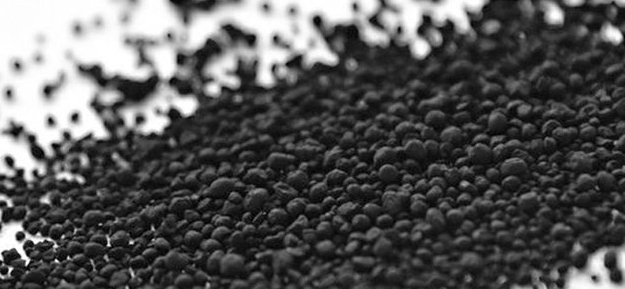
The WRIGHT-PATTERSON BASE (OHIO) -- Air Force Materials and Manufacturing Directorate researchers have "turned the heat up" by 3D-printing a reinforced polymer composite that is capable of high temperatures. This new material, which is infused with carbon fibre filaments, can be used to create lightweight Air Force components that will improve fuel efficiency over time and lower operating costs.
In most polymer-based (3D printing), techniques, a laser is used to melt powdered polymer until it forms an computer-generated three-dimensional component. The process is repeated layer by layer until the part's complete. These processes are mostly used with polymers which have glass transition temperatures (Tgs) under 200degC. They're ideal for prototypes but unsuitable for parts in production that need to perform well.
Oak Ridge National Laboratory developed, with Cincinnati Incorporated's help, a big-area additive manufacturing system to solve this problem. It is an innovative machine which uses one screw to extrude melted thermoplastic pellets. The resulting components are commonly used for structural purposes, such as for aerospace components and demonstrator cars, as well tools for printing dies and molds.

The team used a BAAM modified system for printing with two AM technologies: fused-deposition modeling (FDM) and direct-energy deposition. The CF-reinforced polymers included 20 wt% CF-acrylonitrile butadiene styrene (ABS), 25 wt% CF-polyphenylsulfone (PPSU) and 40 wt% CF-polyethersulfone (PES). They were also studied to determine the mechanical and dynamic rheological behavior.
The tensile results revealed that the CF PPSU composite exhibited the greatest modulus. The non-polar matrix of the PPSU was credited with this, as it limits warping while providing better mechanical properties compared with traditional FDM ABS parts. The CF-PEEK/PEI composite also showed good ductility at elevated temperatures, which is beneficial for applications requiring good mechanical performance over the operational temperature range.
The PPSU/PPSF composite also has high impact strength, dimensional stability and chemical resistance. The PPSU/PPSF composite is characterized by its high impact strength, dimensional stability and chemical resistance. PPSU/PPSF composites are resistant to radio-sterilization, in addition to all of these advantages. It is possible to produce parts that have complex shapes and tight tolerances. These were impossible to make using traditional methods. AM is now available in new industries that demand high-performance plastic parts. These include the automotive, aerospace, electronic, and medical industries. Science Advances is the publication that contains this research.

Write a Message